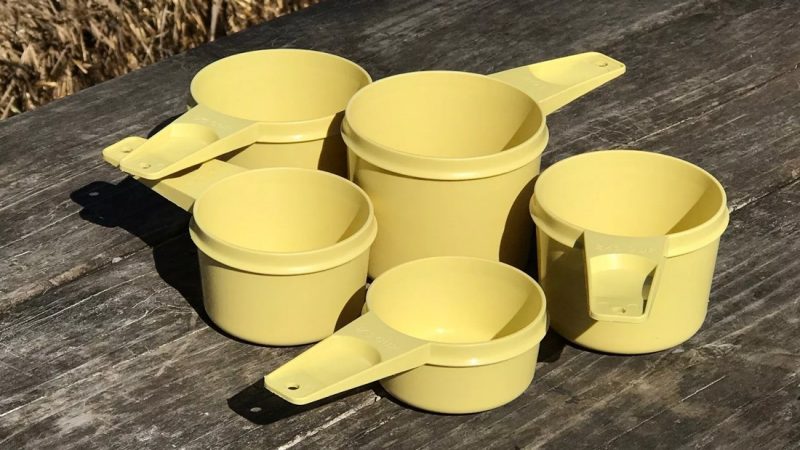Tupperware is one of those staple items that have lived through generations of Kiwi families. First introduced to the public in 1948, Tupperware fast became a worldwide phenomenon.
But an expert has issued a stern warning to consumers, which will make you think twice before using some items again.
Tamara Rubin is an independent advocate for consumer goods safety who’s been testing everyday items for toxicant for a decade.
Recently she began testing Tupperware and her studies delivered some alarming results in some goods.
During a recent test of Tupperware’s yellow vintage measuring cups, not only did the expert find lead, but she found arsenic as well.
In a post on her website on the disturbing results, Tamara - who goes by LeadSafeMama on Instagram - urges everyone to think twice before using the measuring cups.
She writes: "I had heard they could be positive for very high levels of Lead, and have always discouraged people from using them — but had never personally tested any vintage Tupperware cookware items that were positive for toxicants…until…now! While I knew they might have Lead, I was frankly quite surprised to also find Arsenic!"
Tamara adds that she also tested other colours in the Tupperware vintage ranges and found Mercury and Cadmium - she posted those result on her website too.
Speaking of the yellow vintage Tupperware measuring cup results, Tamara says that it’s important that people know the risks.
"Of additional concern is that many of these vintage Tupperware pieces have been kept in regular daily service for their 40+ years of life and may have considerable wear and deterioration as a result of decades of heavy regular use," she says.
Adds Tamara: "While there may not be a single incident of Lead poisoning (or Arsenic poisoning for that matter) that can be traced to a kitchen item like this (because that is a difficult thing to track and study, given how many potential sources of toxicants can be found in our lives – in many things we use every day), with multiple toxicants present, at the levels found here, there is no defensible reason to save items like this and use them for food use purposes."




